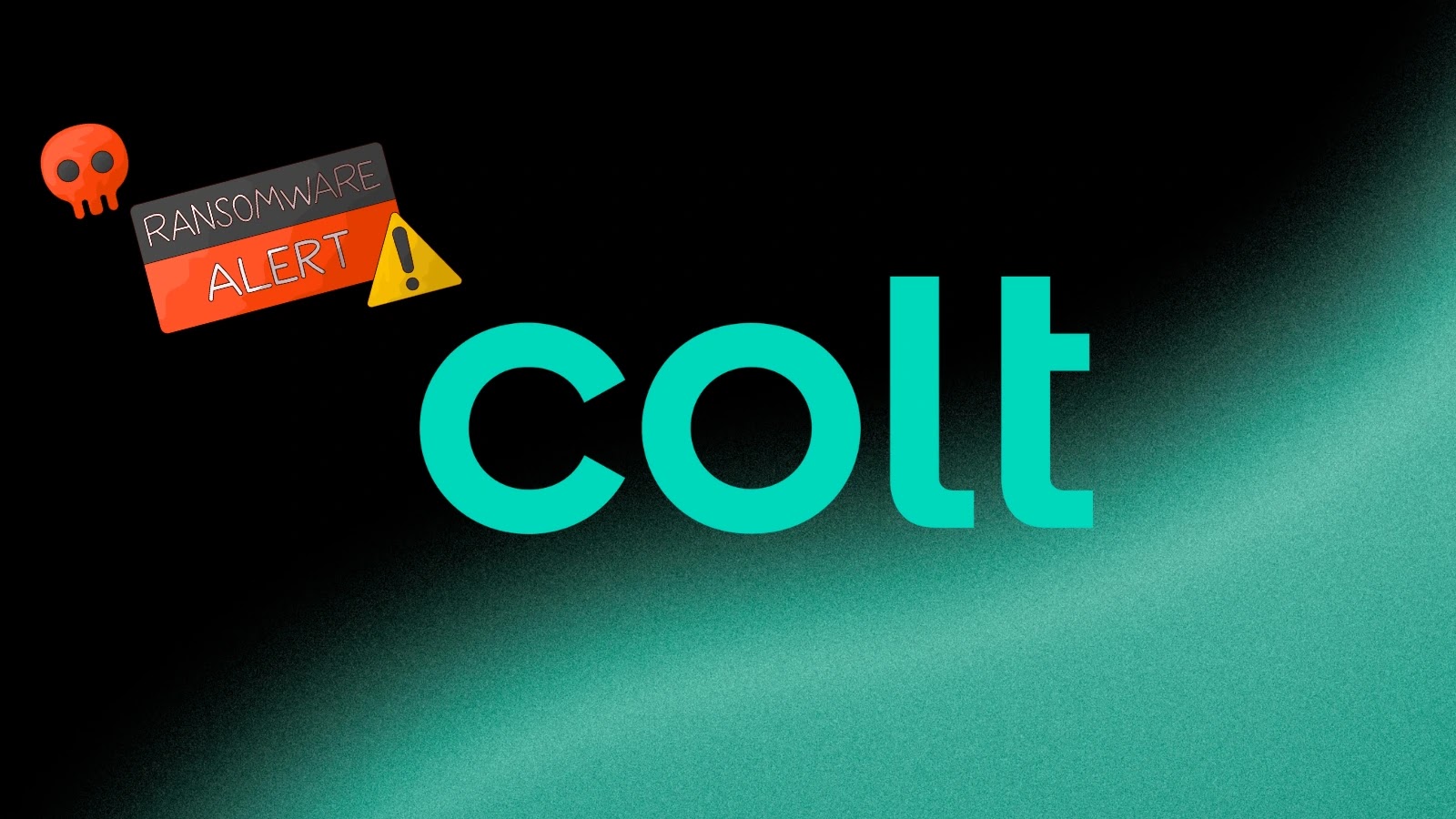Google has recently addressed a high-severity vulnerability in its Chrome browser’s V8 JavaScript engine, identified as CVE-2025-12036. This flaw could potentially allow attackers to execute arbitrary code on users’ devices by simply visiting a malicious website.
Discovery and Immediate Response
The vulnerability was discovered internally by Google’s AI-driven security tool, Big Sleep, on October 15, 2025. Recognizing the critical nature of the issue, Google acted swiftly, releasing an emergency update just days after the discovery. This rapid response underscores Google’s commitment to user security and the importance of timely patching in the face of emerging threats.
Technical Details of the Vulnerability
CVE-2025-12036 stems from an inappropriate implementation within V8, the open-source JavaScript and WebAssembly engine that powers Chrome’s rendering capabilities. In essence, the flaw allows malicious scripts to bypass Chrome’s sandbox protections, enabling unauthorized access to sensitive memory areas. This can lead to data theft, malware installation, or even full system compromise.
The V8 engine is central to processing JavaScript code efficiently, facilitating dynamic web experiences ranging from interactive maps to online banking interfaces. However, its complexity also makes it a frequent target for attackers. Type confusion vulnerabilities, like the one identified here, occur when the engine misinterprets the type of an object during execution. This misinterpretation can be exploited to manipulate memory allocation, leading to potential security breaches.
Broader Implications and Historical Context
This isn’t the first time V8 has been targeted. In recent years, several vulnerabilities have been identified and exploited in the wild. For instance, in 2024, a type confusion vulnerability (CVE-2024-5830) was discovered in the V8 engine, allowing attackers to execute arbitrary code by enticing users to visit malicious websites. Similarly, in 2025, another zero-day vulnerability (CVE-2025-6554) was actively exploited, leading to arbitrary code execution through type confusion in V8.
These recurring vulnerabilities highlight the ongoing challenges in securing complex codebases like web browsers. They also underscore the importance of continuous research, timely patching, and user vigilance.
Recommendations for Users
To protect against potential exploitation of CVE-2025-12036, users are strongly advised to update their Chrome browsers to the latest version. The Stable channel update brings Chrome to version 141.0.7390.122/.123 for Windows and macOS users, and 141.0.7390.122 for Linux. This update is being rolled out automatically over the coming days and weeks.
Users can manually check for updates by navigating to the browser menu, selecting Help, then About Google Chrome, and allowing the automatic update to complete. Additionally, users of Chromium-based browsers such as Microsoft Edge, Brave, Opera, and Vivaldi should also apply the latest security updates as they become available.
Beyond updating the browser, users should remain cautious when visiting unfamiliar websites, avoid clicking on suspicious links, and consider using security extensions or software that can provide an additional layer of protection against malicious scripts.
Conclusion
The swift identification and patching of CVE-2025-12036 demonstrate the effectiveness of proactive security measures and the importance of AI-driven tools like Big Sleep in detecting vulnerabilities before they can be exploited. However, the recurrence of such vulnerabilities in the V8 engine serves as a reminder of the ever-evolving threat landscape and the need for continuous vigilance from both developers and users.
By staying informed, applying updates promptly, and practicing safe browsing habits, users can significantly reduce their risk of falling victim to such exploits.



